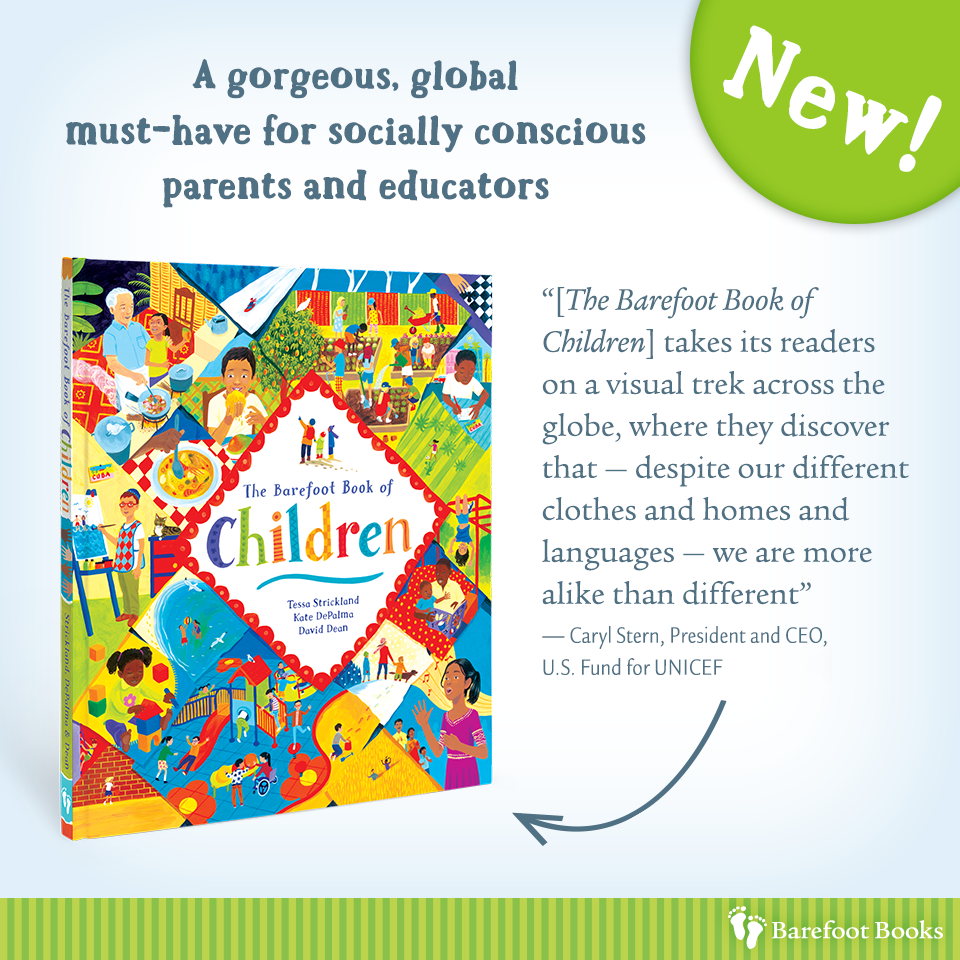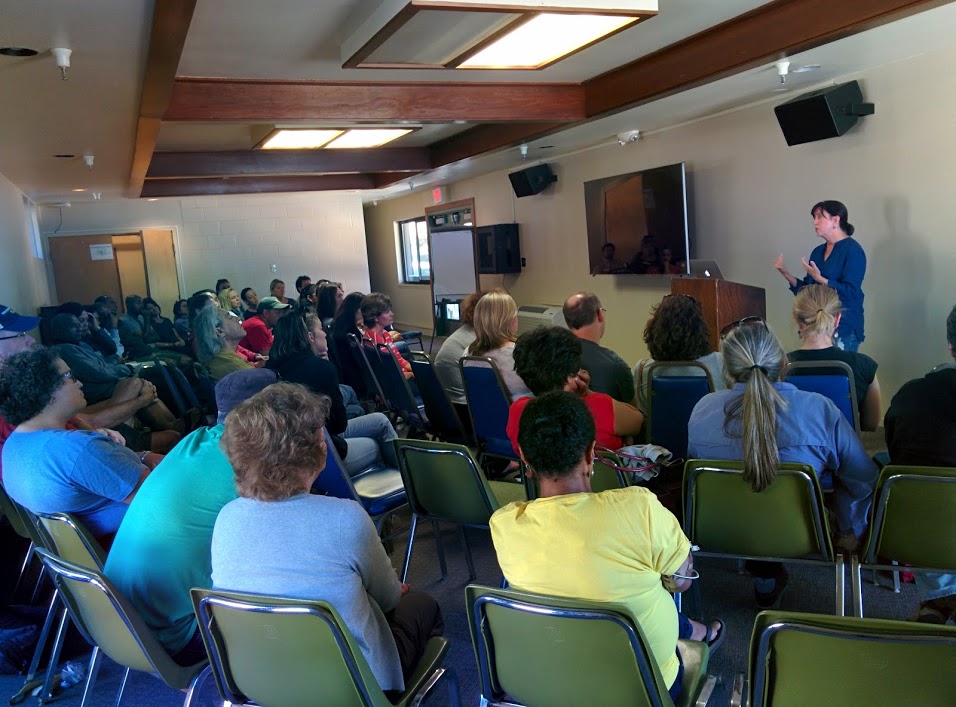Enter to win a copy of The Barefoot Book of Children, New from Barefoot Books!

A few months ago, I published an essay in the Ties column at The New York Times called A Poster Family for Diversity. Soon after, I got an email […]
Remembering that terrifying pool party in McKinney, Texas

Last week a grand jury declined to press charges against a former McKinney, Texas police officer who threw a teenage girl to the ground during a pool party raid last […]
My Favorite Family Weekend of the Year

Recently I enjoyed one of my favorite weekends of the year with my family: African Cradle Ethiopian Heritage Camp at Redwood Glen in the Santa Cruz Mountains. People always ask, […]
